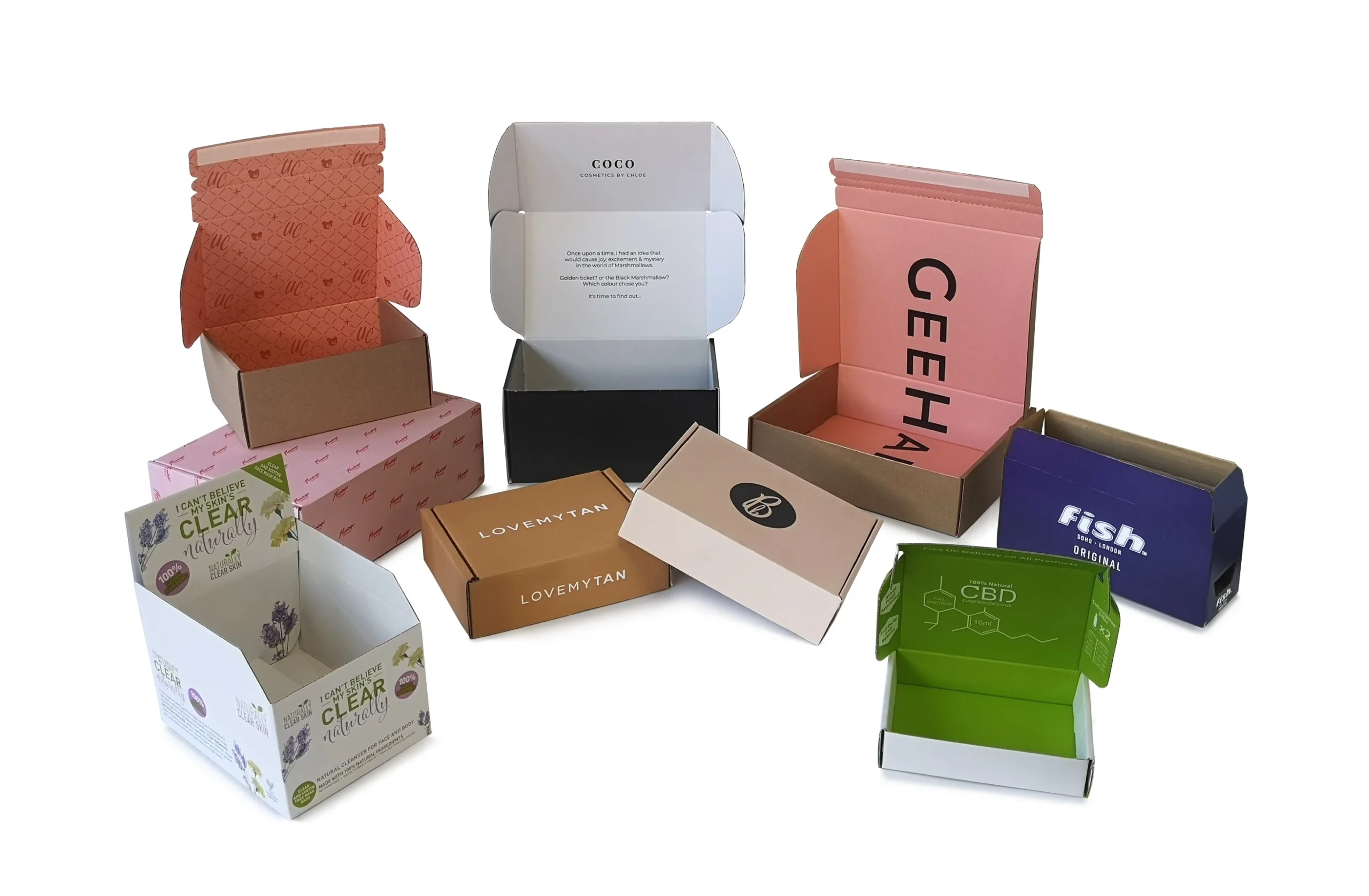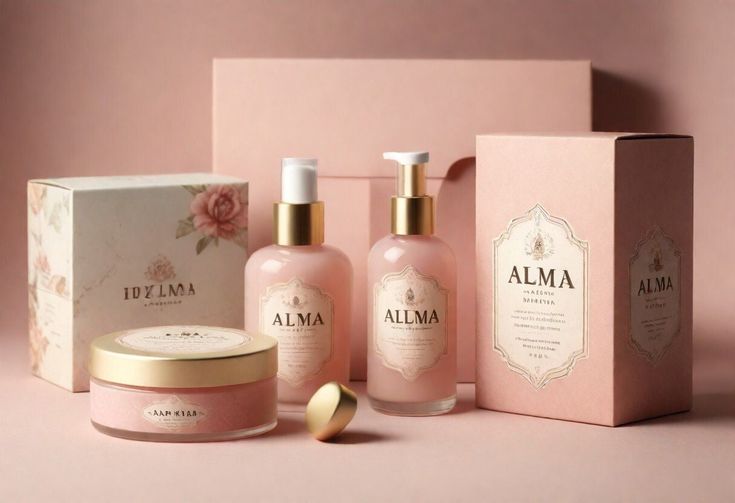Your cart is currently empty!

The Visual Appeal of Packaging Goes Beyond boxes and papers
When we think about packaging, the first thing that might come to mind is a simple box or a clear plastic wrap. However, packaging is much more than that—it’s a world full of creativity, art, and psychology. In this article, we will explore three key elements that transform packaging from a mere protective tool into a memorable experience: visual appeal, environmental sustainability, and functional design.
Visual Appeal: Capturing Customers at First Glance
Have you ever been compelled to buy a product simply because of its attractive packaging, even if you didn’t need it? Visual design plays a critical role in influencing purchasing decisions. Eye-catching designs, harmonious colors, and creative logos are the first steps in attracting a customer’s attention.
For example, brands that use minimalist patterns or bold colors often communicate a clearer message to their audience. In today’s competitive market, beautiful packaging can sometimes be more important than the product itself. Why? Because on a store shelf, a customer only has a few seconds to make a decision.
Environmental Sustainability: A Greener Future

With growing public awareness of environmental issues, sustainability has become a core pillar of packaging design. Brands are now adopting recyclable materials, reducing plastic usage, and designing packaging that generates minimal waste.
Eco-friendly packaging not only benefits the planet but also builds trust with customers. When consumers see that a brand values sustainability alongside visual appeal, they are more likely to make a purchase. This is why many companies highlight their sustainable practices in marketing campaigns.
Functional Packaging: Beyond Aesthetics
No matter how attractive or sustainable packaging is, it must also meet the customer’s practical needs to be successful. Functional packaging is designed for easy opening, carrying, and storage.
Imagine buying a jar of jam with a lid so tightly sealed that you struggle to open it. This frustrating experience can lead to customer dissatisfaction and lost sales. Brands that design packaging with real user needs in mind are always one step ahead.
Where Art Meets Science
Effective packaging is a blend of art and science. On one hand, it involves creative designs that evoke emotions, and on the other hand, it relies on data analysis and understanding customer behavior. When these two aspects are combined correctly, they create a unique and engaging consumer experience.
Conclusion
In the end, packaging is more than just a box or a visually appealing cover. It’s a powerful tool that can tell your brand’s story, build customer trust, and contribute to a more sustainable future. So, the next time you purchase a product, take a closer look at its packaging—you might realize why you chose that exact item.
by

Leave a Reply